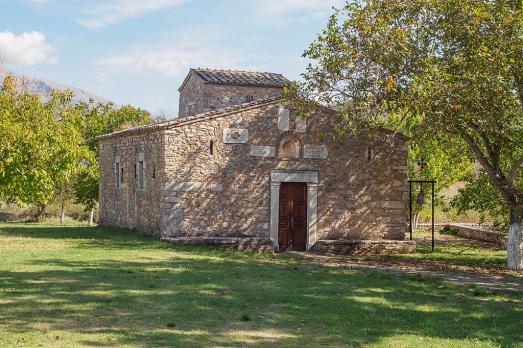
Byzantine Church of Panagia
, GR
.
Here you can search for a building to visit. You can use the map find destinations, or you can use the filters to search for a building based upon what different criteria.

, GR
.
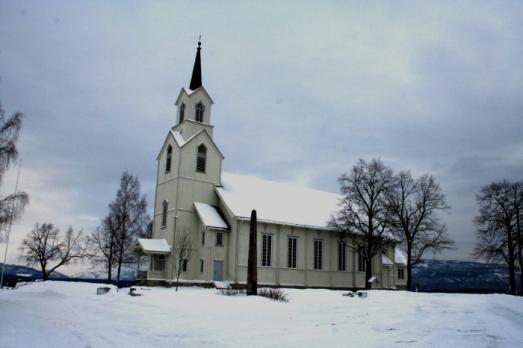
Midt-telemark, NO
Bø church, built in 1875, is a wooden church with a long plan. The architects of the church are Thambs and Jacob Wilhelm Nordan (1824-1892). Next to the church is the Thomas Chapel.
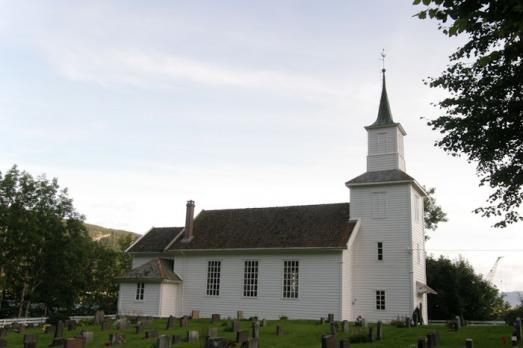
Leirvik, NO
Bø church is a long church from 1868, designed by architect Jacob Wilhelm Nordan. Churches have been built here since the Middle Ages. The first time a church in Bø is mentioned in written sources is in 1340. There have been at least two churches on Bø before the present church was built.
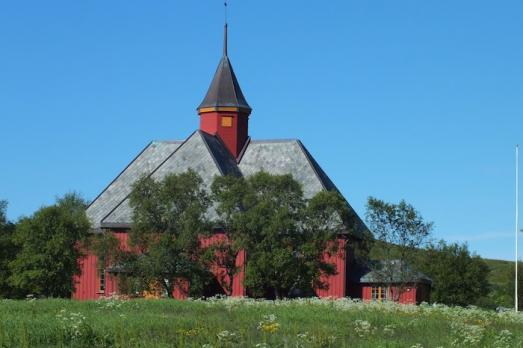
Bø, NO
Bø church is a wooden cruciform church built between 1822 and 1824. The first church in Bø is mentioned in 1381 and was probably built around 1340. The fourth church was built in 1639, and the fifth in 1734.
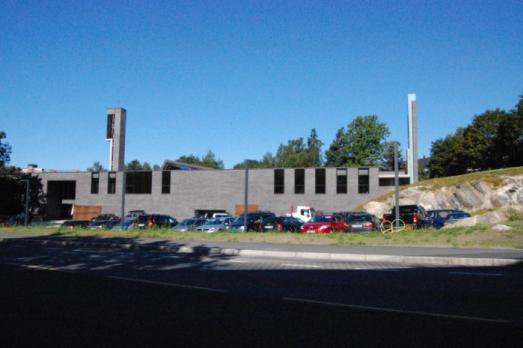
Oslo, NO
Bøler church is a "working church" since 2011. It replaced a church from 1960 which was to function as a temporary church for a short period, but which has stood for almost fifty years. The modern church is the result of an international architectural competition. The church complex consists of different volumes with different functions.
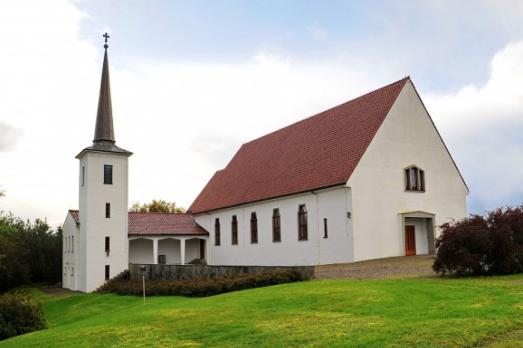
Bømlo, NO
Bømlo church is a building made of brick in 1960. The architects of the church are Ole and Arne Halvorsen.
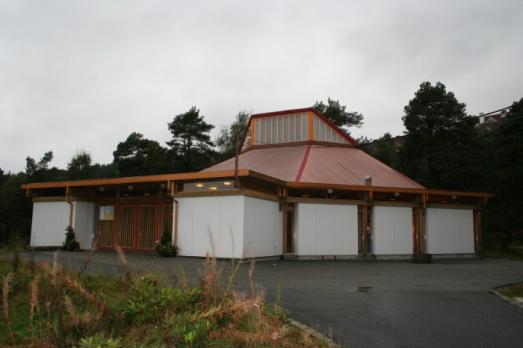
Bergen, NO
Bønes Church is a church from 1997, designed by architect Helge Hjertholm. In Bergen, the same architect also designed Søreide Church in 1973 and Fyllingsdalen Church in 1976.
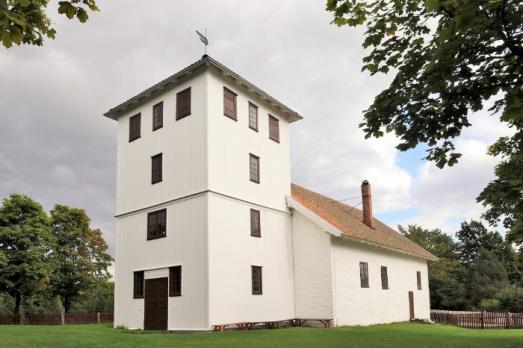
Røyse, NO
Bønsnes church is a long medieval stone church built in 1100. In the 16th century the church fell into ruins and was not put back into use until the 18th century, the century of its restoration in its present form.
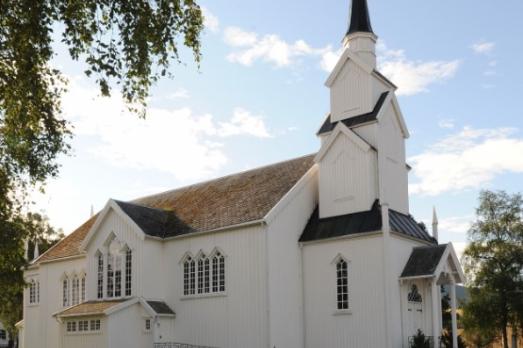
Skaun, NO
Børsa Church is a wooden church dating from 1857. The architect of the building was Christian Heinrich Grosch (1801-1865). The bell-tower is to the west and the choir is to the east. The choir is polygonal in shape. The altarpiece is dated around 1730 and was painted by Sigismund Wagner.
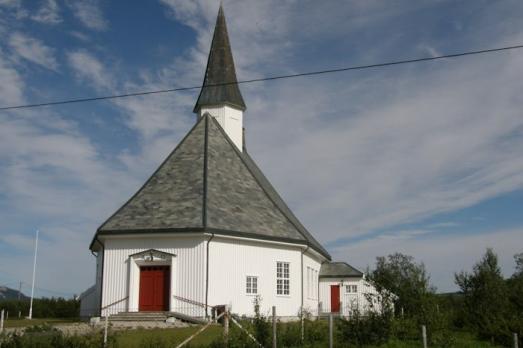
Børselv, NO
Børselv Chapel is an octagonal church dating from 1958. Access to the place, which is a well-known tourist destination, is via county road 183 and county road 98.

new
Nestled amidst the serene landscapes of the Harz region, lies a hidden gem for nature enthusiasts and history buffs alike - the Harz Monastery Hiking Trail. Lace up your hiking boots and embark on this captivating adventure that will transport you back in time.

The Holy Mile (Miglio Sacro) of Naples is a one-mile-long itinerary, through sacred places linked to the city's patron saint, San Gennaro, in the Rione Sanità district. Discover the city from a new perspective with this unique walking tour.

As a university city, cultural offerings abound in Tartu and will reach their peak after being designated one of three European Capitals of Culture for 2024. In this list, we've compiled the most interesting sacred places to visit in and around the old town.